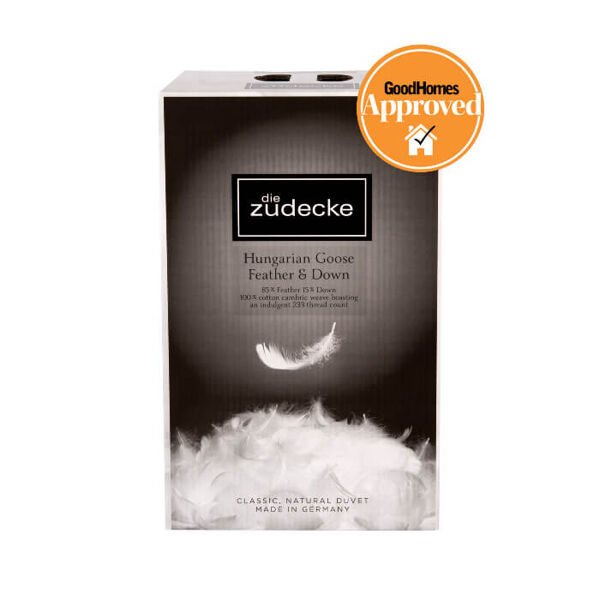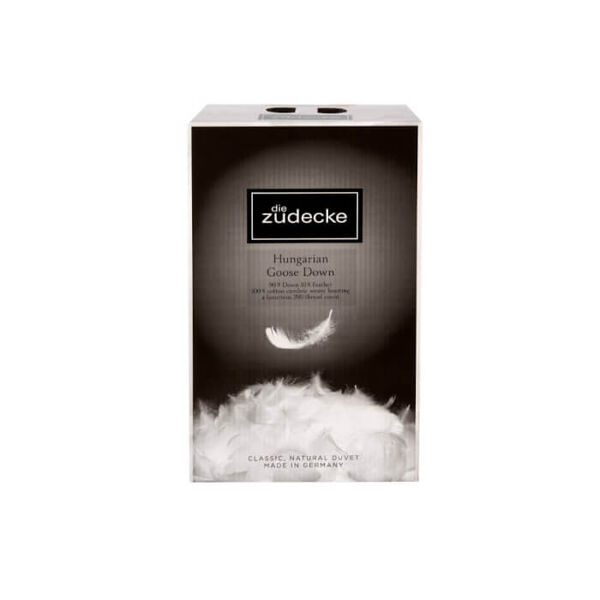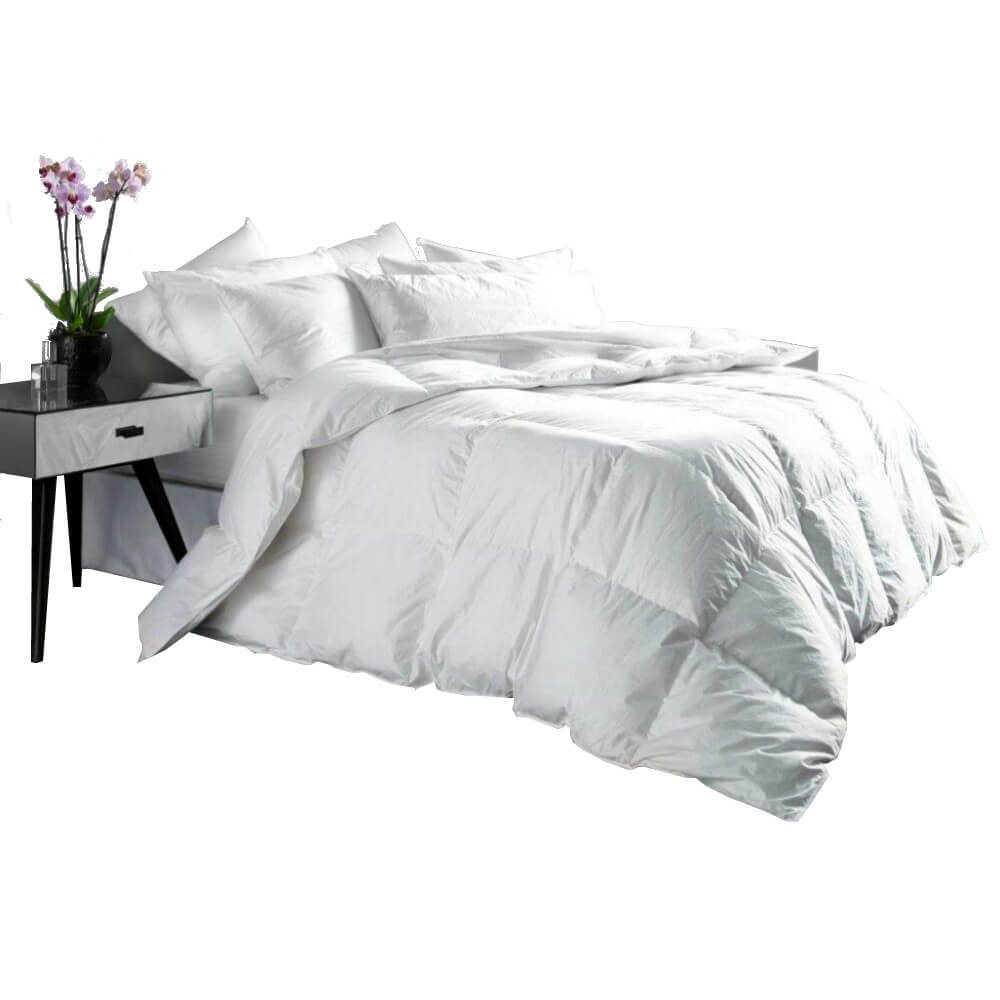Warning signs you need a new duvet
If your duvet shows visible signs of wear and tear, such as holes, fraying, or flattened areas, it's probably time to replace it. The materials in duvets can break down over time, especially with frequent use.
Natural Duvets
Synthetic Duvets
A warm cosy duvet is an integral part of our sleep, but how often or when should you replace it? The Sleep Council recommend you should replace your duvet after 5 years of purchasing. However, this depends on the quality of the product you buy. Inexpensive hollowfibre duvets might need replacing every couple of years, however high quality duvets such as Die Zudecke duvets will last for years.
It’s not an exact science, but as a guide, it’s time to replace your duvet when:

No.1
You Find Cold Spots
Synthetic duvets that are stitched through rather than cassette or baffle wall constructed, will eventually develop cold spots around the stitch pattern. This increased with age as the filling flattens.
No.2
It’s Flat & Lumpy & Won’t Plump It Up
The filling has collapsed. After a period of time any filling, whether it’s polyester hollowfibre, feather & down or white goose down, will lose its springiness. This is when you need a replacement.

No.3
It’s Getting Dirty
Duvets and pillows build up a surprising amount of dirt that isn’t immediately visible, including dust, dead skin and dust mites. To keep this under control, wash them every 6 months. Yes, we do mean to wash whatever the filling. Do not dry clean. Due to the size, this invariably means taking them to a commercial laundry. And remember full care instructions are found on all the products.
No.4
Filling Starts Leaking
Filling starts to migrate from the cover, this will normally occur where the stitching is. It could also be that the cover is wearing. This is more likely if it’s a cheap duvet with a poor corovin or polyester cover. On the better quality products high thread count fabrics are used to combat percolations of filling and dust mite build up.

No.5
The Compartments & Channels Lack Filling Through General Wear & Tear
Synthetic duvets that are stitched through rather than cassette or baffle wall constructed, will eventually develop cold spots around the stitch pattern. This increased with age as the filling flattens.
We recommend that synthetic duvets should ideally be replaced every 5 years or so, even the better quality ones. Changing your duvet will ultimately help you enjoy healthier better quality sleep.
View our great range of natural duvets online at Big Brand Beds. If you have any further questions, give us a call on 01273 857388 and one of our friendly team will be happy to help.
Before you leave, if you found this article helpful would you mind sharing to your social media profiles. Thank you








